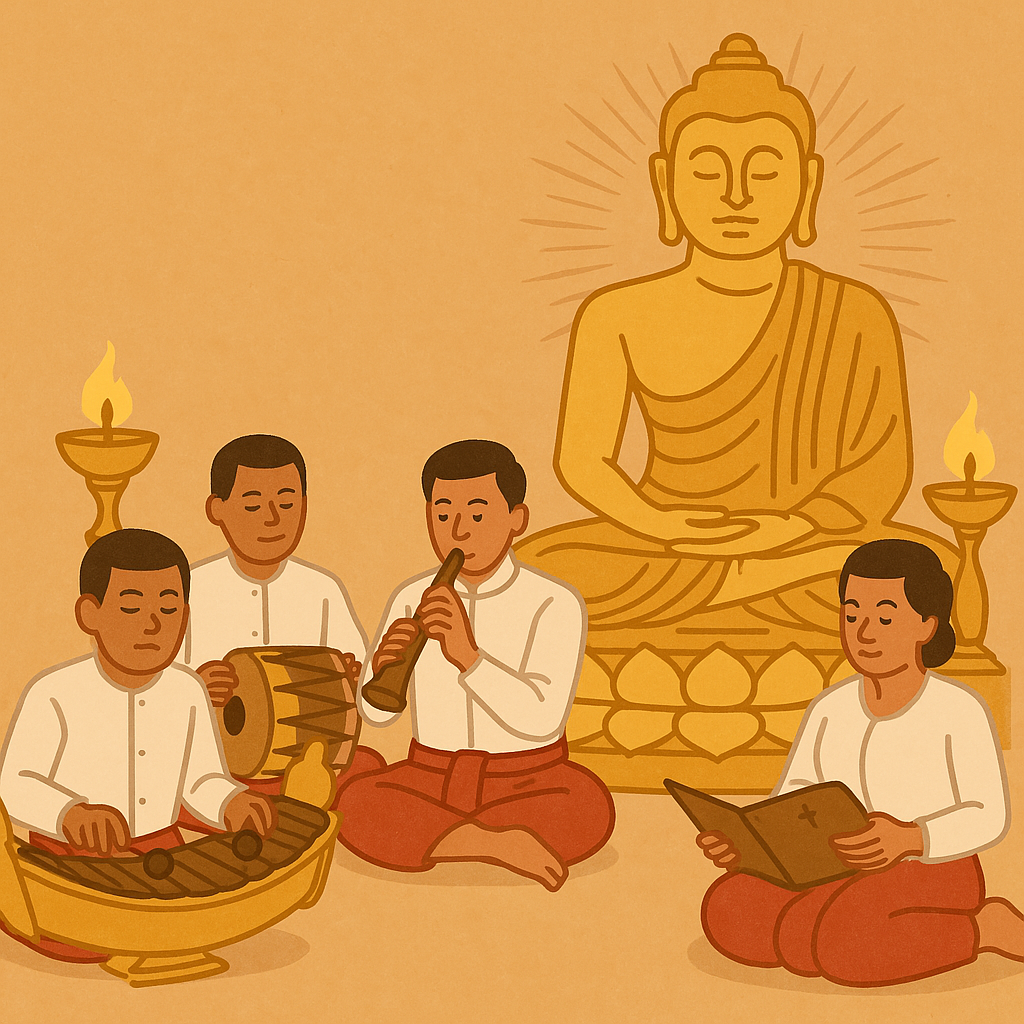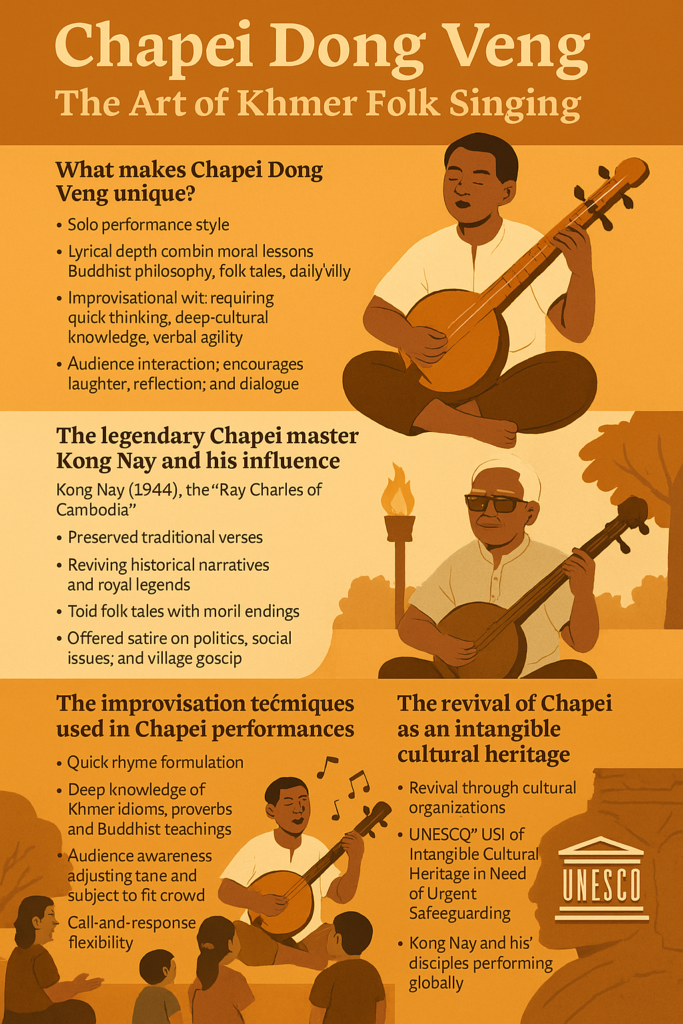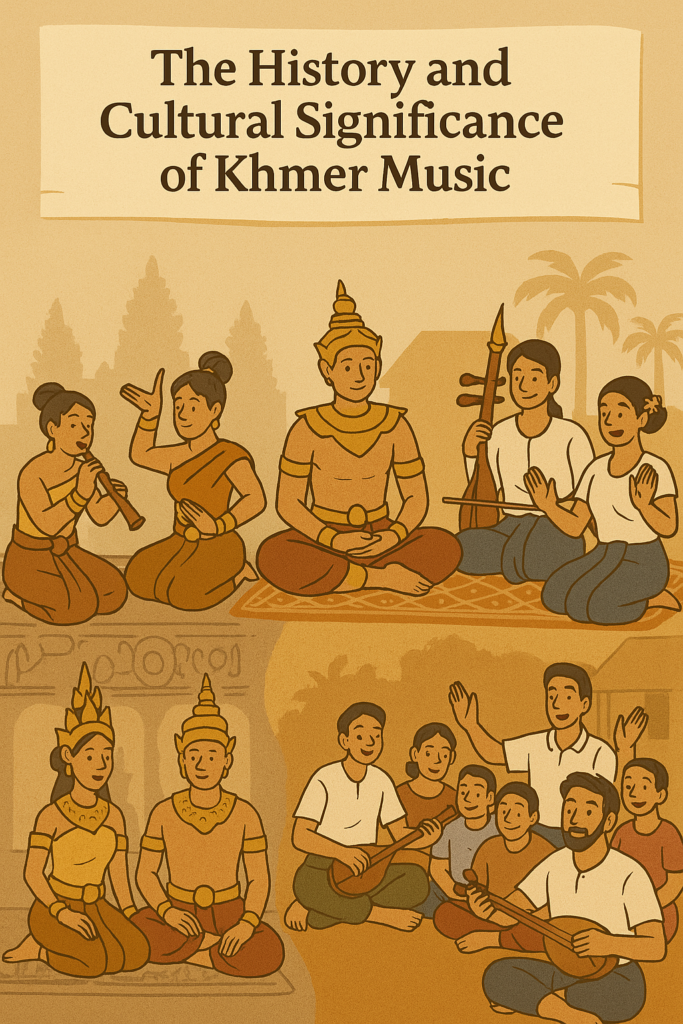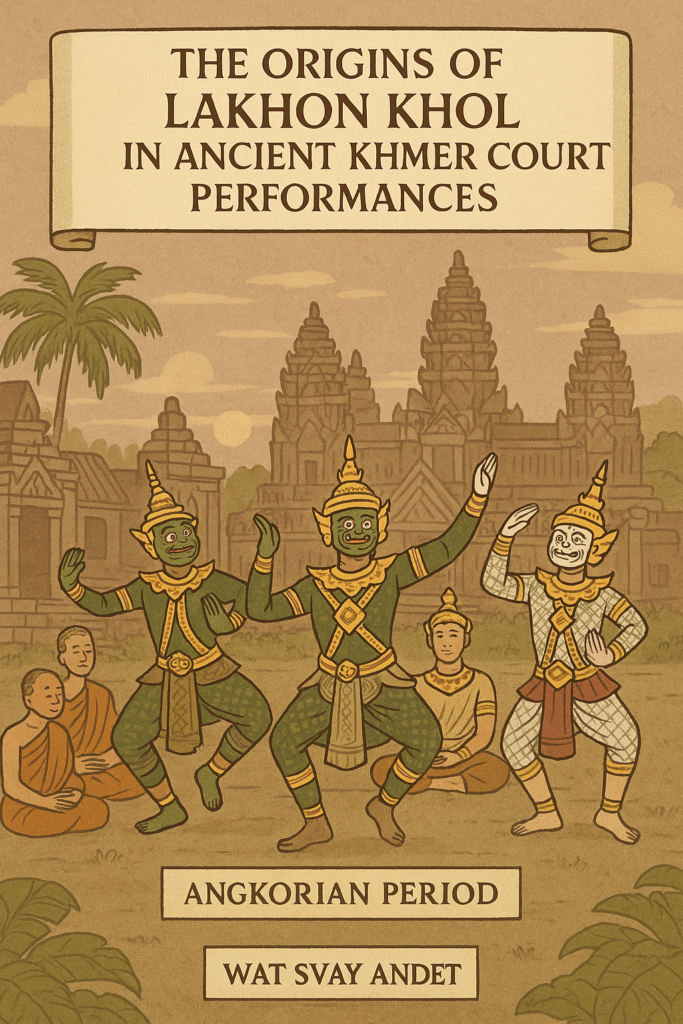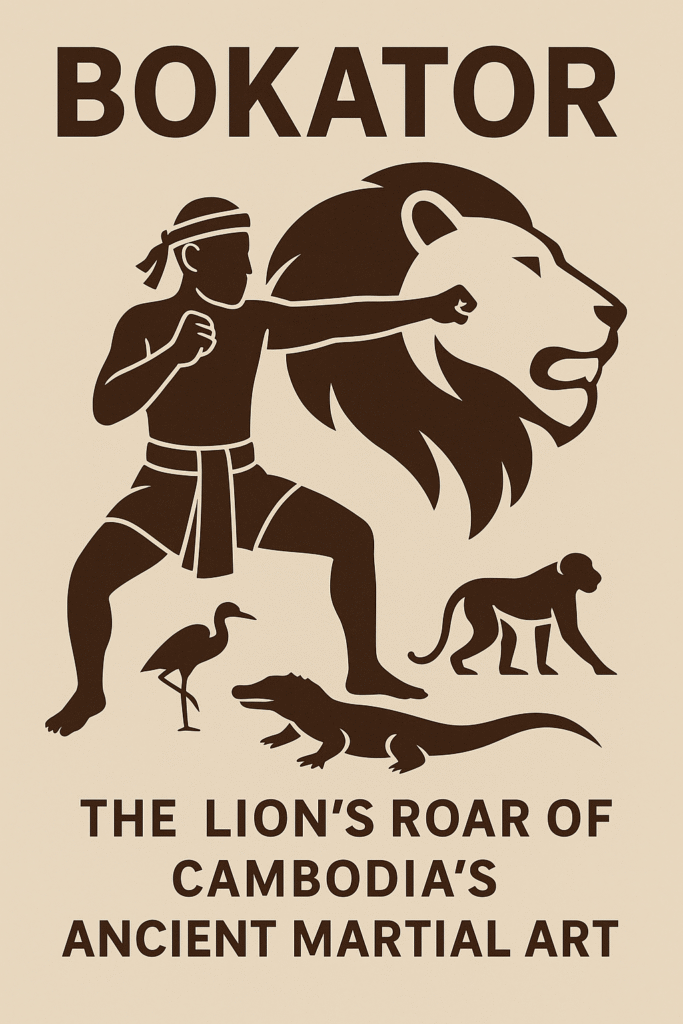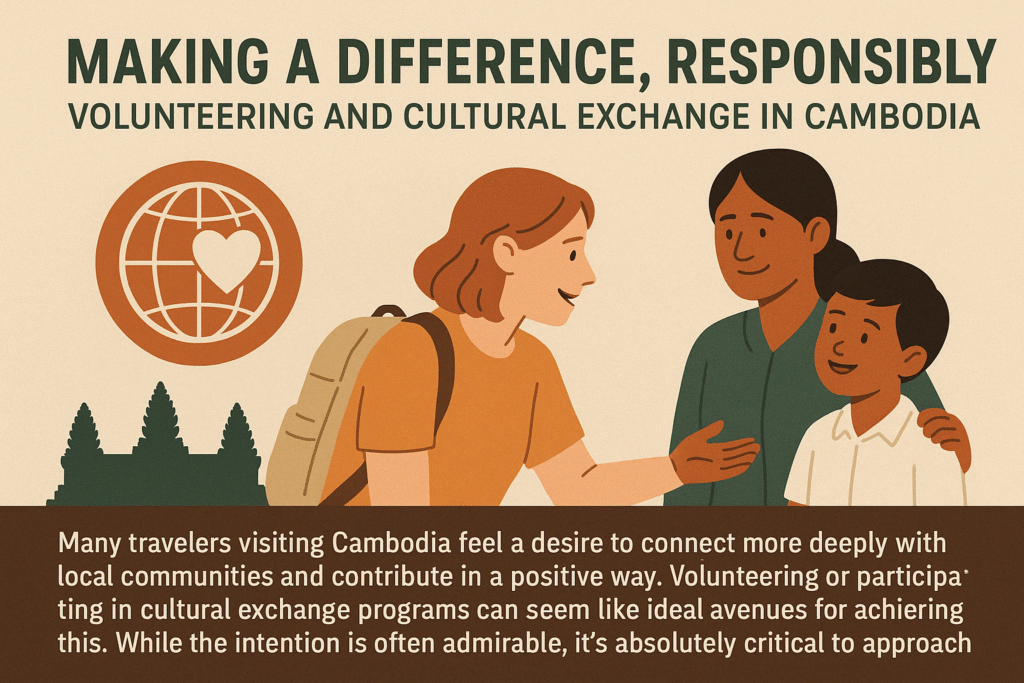March 30, 2025
The Role of Dance and Music in Cambodian Ceremonies
In Cambodia, dance and music are not merely entertainment—they are sacred expressions of identity, spirituality, and community life. From weddings to funerals, temple rituals to national festivals, traditional performance arts infuse every significant life moment with rhythm, symbolism, and beauty. These art forms are living links to Cambodia’s ancestral past and vibrant present. 1. Wedding Music and Dance Traditions in Cambodia Khmer weddings are elaborate, spiritual, and celebratory—often spanning two to three days. Music and dance are central components, symbolizing harmony, blessings, and cultural continuity. Traditional wedding music includes: Dance elements: The entire ceremony is designed to mirror the sacred
